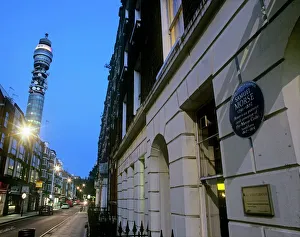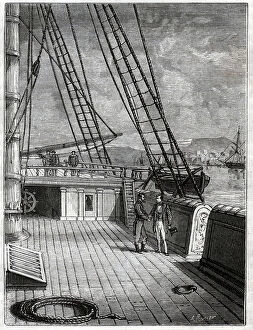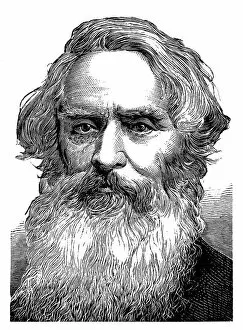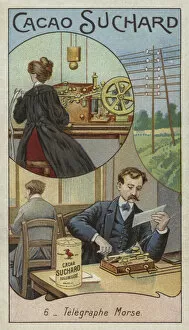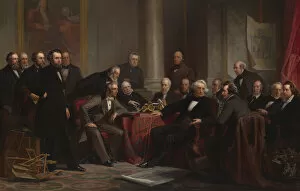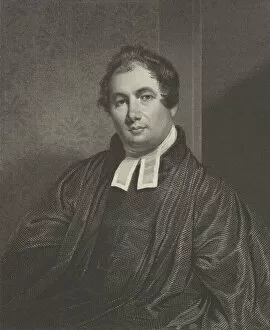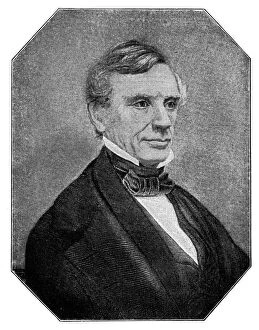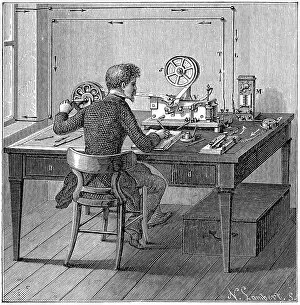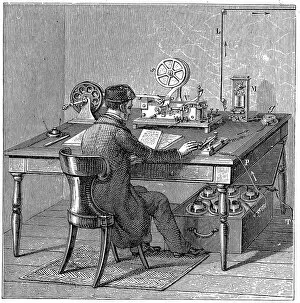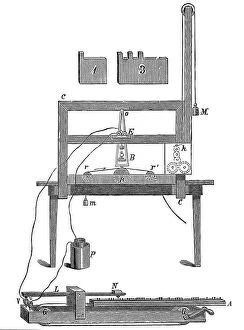Samuel Morse Collection
Samuel Morse: Pioneering Old and New Methods of Communication From the humble beginnings of smoke signals to the lightning-fast world of social media
All Professionally Made to Order for Quick Shipping
Samuel Morse: Pioneering Old and New Methods of Communication From the humble beginnings of smoke signals to the lightning-fast world of social media, communication has evolved drastically over time. One individual who played a significant role in this transformation is Samuel Morse. Born on April 27, 1791, in Charlestown, Massachusetts, Samuel Finley Breese Morse became a renowned American inventor and painter. While he initially pursued his passion for art at Yale University and later in Europe, it was his fascination with science that would shape his legacy. In the mid-1830s, Morse collaborated with Alfred Vail to develop an electrical telegraph system capable of transmitting messages across long distances using coded pulses known as Morse code. This groundbreaking invention revolutionized communication by enabling real-time information exchange like never before. Morse's ingenuity did not stop there. In 1844, he successfully sent the first telegraph message from Washington D. C. To Baltimore with the iconic words "What hath God wrought?" This historic moment marked a turning point in human connectivity and laid the foundation for future advancements. Interestingly enough, another notable figure influenced Samuel Morse's journey into telecommunications – David Edward Hughes. An accomplished Welsh-American scientist and musician himself, Hughes made significant contributions to early telegraphy systems during the late 1800s. As technology progressed rapidly throughout history, so did methods of documenting these advancements. Engravings depicting Samuel F. B. Morse working on his instrument or operating his creation showcased both his dedication and expertise in bringing about change through innovation. The impact of Samuel Morse's invention cannot be overstated; it forever altered how we communicate across vast distances. From receiving wonderful news via lithographs to witnessing chromolithos illustrating the marvels of telegraphy firsthand – society marveled at this transformative force that bridged gaps between people near and far. Today we find ourselves immersed in a digital age where instant messaging apps, video calls, and social media platforms dominate our communication landscape.

